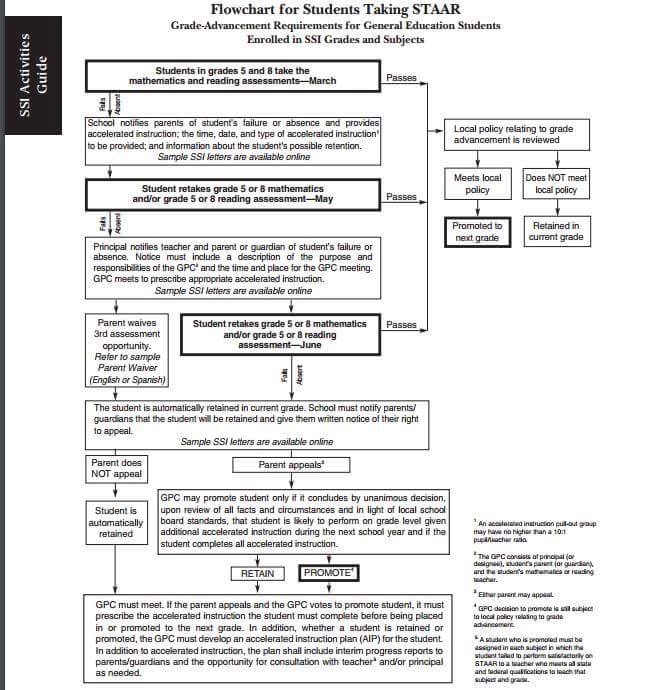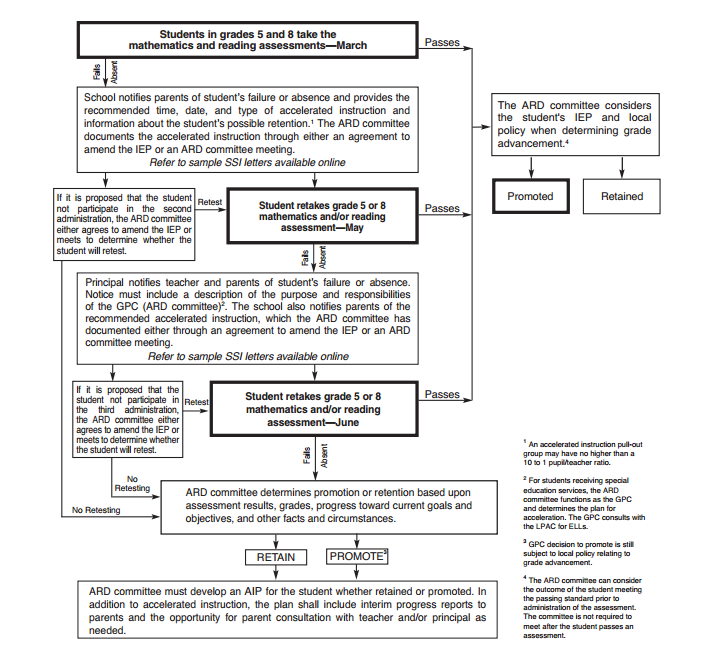Last spring’s English I writing EOC examination laid bare the greatest threat to the future of this state that the STAAR test creates. Overall results were discouraging, but manageable. Of all test takers, 44% failed to achieve the minimum score. This is certainly a concern, but with many more administrations to come, the numbers are not too stunning. Still, having 44% of students off track for graduation at the very first EOC administration is concerning to be sure. But looking deeper into the data, we find a number that should raise concern among all parents and taxpayers. Among English Language Learners (ELL) currently rated as showing Limited English Proficiency (LEP), a full 87% of the students failed to achieve the minimum required score. That is almost 9 out of every 10 ELL students that took the test. The students comprised almost 10% of all test takers, and the numbers are growing.
Most LEP students in Texas are not immigrants or newly arrived students. They are children who grow up in a household where the primary language spoken is Spanish. As children they learn to speak in Spanish. They go to school and interact with their peers in English, but in most circumstances return to a home where no adult can provide meaningful assistance in either Language Arts or course content. The overall passage rate of the writing exam was FOUR TIMES higher than the passage rate for ELL-LEP students.
One would think this disparity, and the idea that almost 90% of our LEP students are off track for graduation, would inspire heated analysis and targeted problem solving at the TEA. If this is true, it is the best kept secret out there. A Public Information Act request was submitted to the TEA for all documents discussing the passing rate disparity or analyzing or proposing solutions to address the problem. The TEA responded that no such documents exist.
Imagine that! An assessment intended to be used to help identify the academic readiness of students shows that 90% of a discrete and identifiable subgroup is failing a mandatory portion of the curriculum and the TEA claims that not so much as a single e-mail exists in all of the agency discussing this issue! That goes beyond benign neglect and suggests an almost wilfull disregard of the rights of the students. If we have created a system that dooms ELL students to failure, the case law is very clear that their rights have been violated.
However, this should not be surprising to anyone who has examined how the TEA has addressed the issue of ELL students and STAAR assessment. Under the old TAKS system, ELL students had a three year exemption from testing, during which time they were to be acquiring the language skills that would enable them to be validly assessed. STAAR eliminated those exemptions except in rare cases that permit a one time exemption of a very small group of students. The TEA’s own research indicates that attaining academic fluency takes between six and eight years. Yet STAAR proposes to demand satisfactory performance after as little as three months in a U.S. school.
To “assist” ELL students, there are certain testing accommodations available to them. Accommodations do not exist to make passing the test easier. They exist to make sure that we can be confident that a student’s scores reflect their true comprehension of the subject, not a lack of understanding of the language. Those accommodations were created by Pearson Education and field tested by them. Pearson’s research indicated that the accommodations have no statistically significant impact on ELL performance. In other words, they don’t work. When faced with research demonstrating the failure of the Pearson accomodations, did the TEA hire a new contractor? Did they send Pearson back to the workshop to come up with accommodations that actually work? No. What they did, in fact, was implement the very accommodations that Pearson told the TEA would not work. Can we be surprised to find wide disparities in STAAR achievement results for ELL students when we send them to test with ineffective accommodations?
What does this mean for Texas. We already have one of the highest dropout rates in conjunction with the lowest graduation rate in the nation. Our ELL population is growing and demographic trends suggest it will be many years before that component of our population peaks. In the meantime, these students will be moving up through high school being told from 9th grade on that they will not graduate. The consequences are easy to predict: more dropouts, more unemployment and higher public assistance and incarceration rates.
The Opt Out movement has put the spotlight on standardized testing as a whole. But who speaks for the ELL population? Their parents are often unable to effectively advocate for their children. Parents of native English speakers are not directly affected by the hurdles STAAR poses to the LEP population. But in the near future we will all be impacted by the effect. If the test of a man is how he treats the most vulnerable among him, let us all take this opportunity to remember that LEP students need our voice and our support as well.



